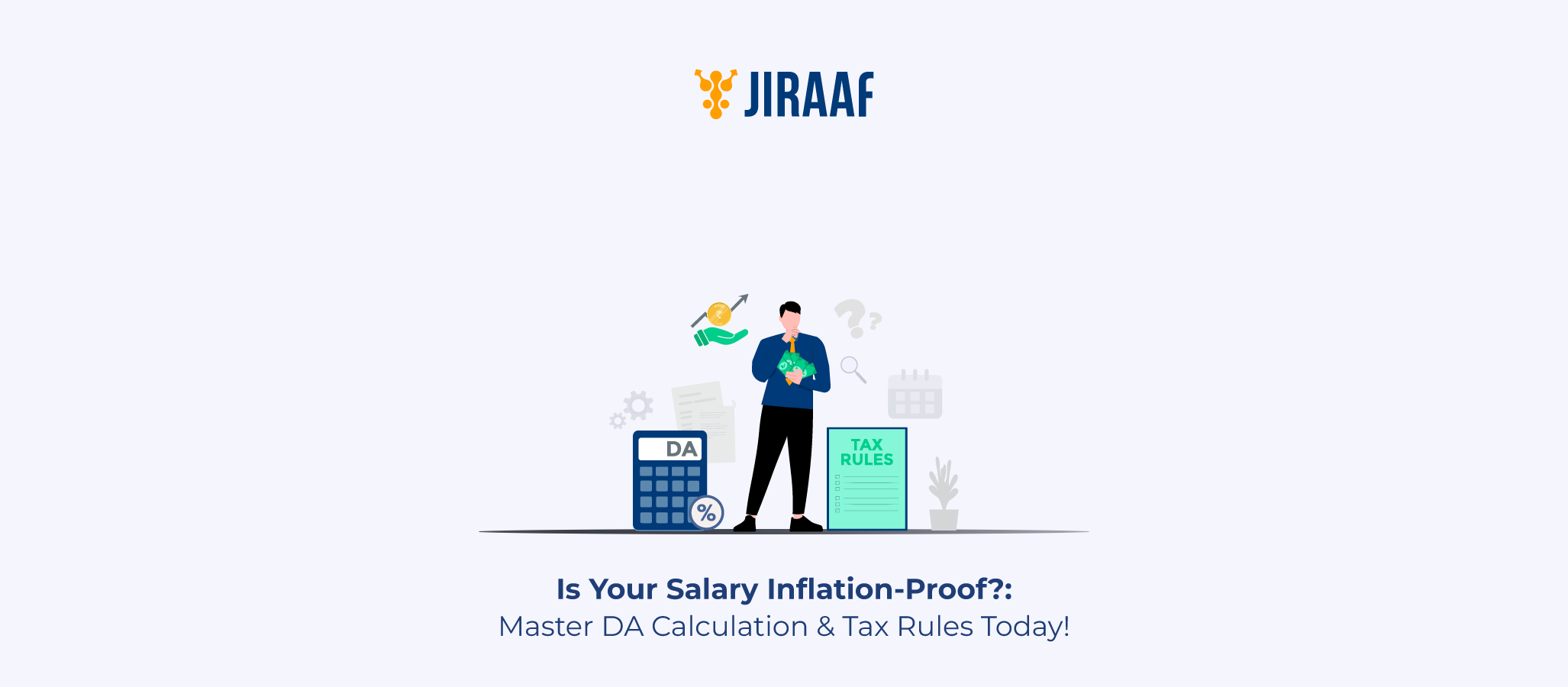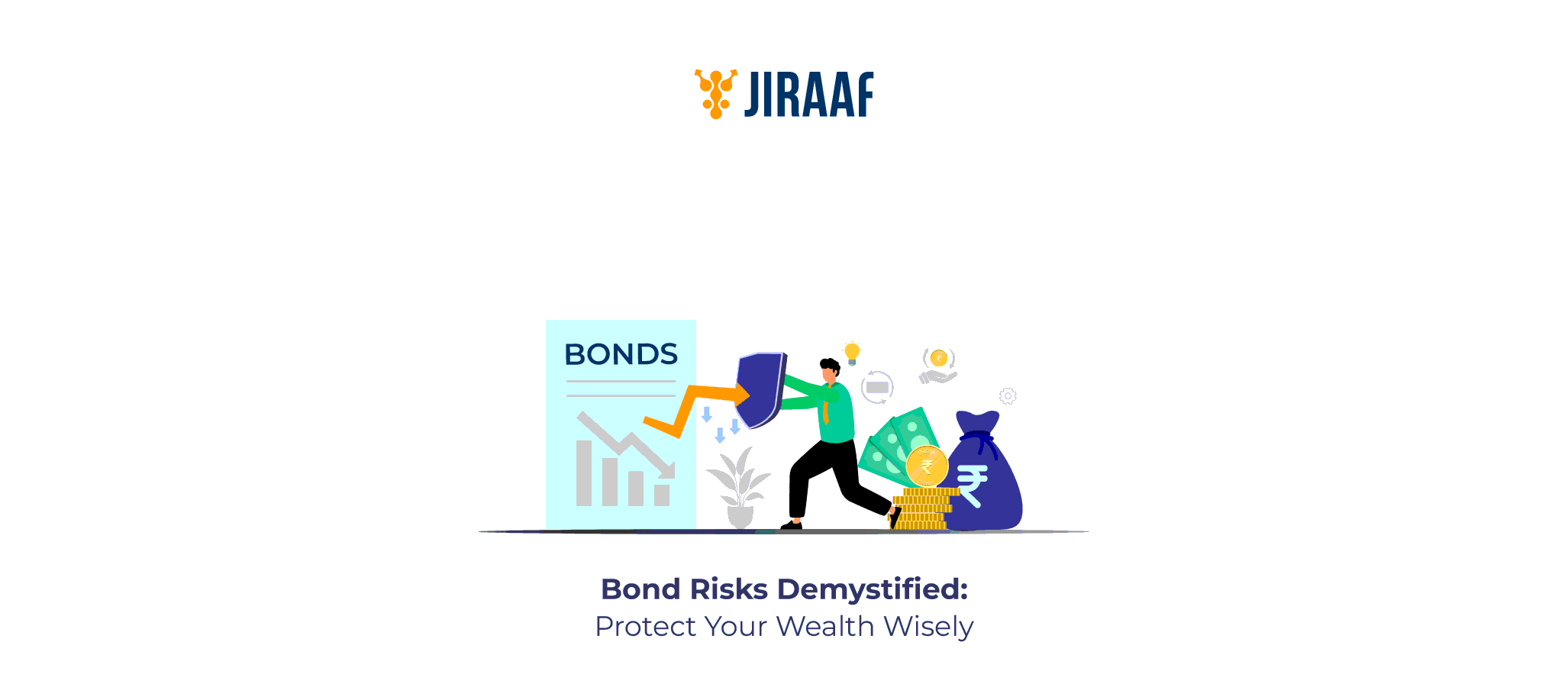Globalization has transformed how businesses operate. These days, companies often set up subsidiaries or enter joint ventures across borders. But this global presence also invites complex tax implications, especially when money, goods, or services are exchanged between related entities in different countries. That’s where Section 92 of the Income Tax Act comes into play.
It forms the backbone of India’s transfer pricing laws, ensuring that international transactions between Associated Enterprises (AEs) happen at fair market value, or what’s called the Arm’s Length Price (ALP). Why? Because profits shouldn’t be manipulated across borders to reduce tax liability.
Let’s take a deep dive into the specifics of this section further.
What is Section 92 of the Income Tax Act?
In simple terms, Section 92 of the Income Tax Act is India’s tool to protect its tax base in cross-border transactions.
It mandates that income from international or specified domestic transactions between associated enterprises must be computed as if the transaction had occurred between unrelated parties. This is done using ALP.
Key Takeaways
- Applicable to international transactions between AEs.
- Ensures that profits are neither overstated nor understated.
- Prevents base erosion and profit shifting (BEPS).
If a company manipulates prices with a foreign subsidiary to show less profit in India and more profit in a tax-friendly jurisdiction, Section 92 kicks in to correct this.
Key Concepts in Transfer Pricing
Understanding Section 92 starts with decoding a few foundational concepts.
Arm’s Length Price
This is the price that would be charged in a transaction between unrelated parties under similar conditions.
Example: If an Indian parent company sells software to its US subsidiary for ₹50 per unit, but the market price is ₹100, then the ALP is ₹100—not ₹50.
Associated Enterprises
An associated enterprise is related to another enterprise through ownership, control, or management. Section 92A defines various conditions under which two enterprises are considered AEs.
Example: A company owning more than 26% voting power in another company is deemed an AE.
International Transactions
These include:
- Sale/purchase of goods
- Royalty payments
- Interest on loans
- Technical services
- Cost-sharing arrangements
- Business restructuring, etc.
Methods to Determine Arm’s Length Price
The Income Tax Rules (Rule 10B) prescribe six methods for calculating ALP. The right method depends on the nature of the transaction and the availability of comparable data.
| Method | Best Suited For |
| Comparable Uncontrolled Price | Standard goods/services with clear market prices |
| Resale Price Method | Distributors/resellers with limited value-addition |
| Cost Plus Method | Manufacturing and service contracts |
| Profit Split Method | Integrated operations with shared intangibles |
| Transactional Net Margin Method | Most common, especially where exact comparables are unavailable |
| Other method prescribed by CBDT | Any method satisfying arm’s length principle |
Transfer Pricing Documentation & Compliance Requirements
Transfer pricing isn’t just about calculating ALP; it also requires robust documentation to defend it.
3-Tier Documentation Framework (OECD + Indian Rules)
- Master File (Form 3CEAA): Global overview of the multinational group
- Local File: India-specific documentation of AEs and transactions
- CbCR (Form 3CEAD): Country-by-country report for revenue and profit details
Form 3CEB
- Filed by: Every Indian taxpayer entering international or specified domestic transactions above ₹1 crore
- Signed by: Chartered Accountant
- Deadline: Along with tax audit report (generally by 31st October)
Penalties for Non-Compliance with Section 92
The consequences of ignoring transfer pricing rules are steep.
| Non-Compliance | Penalty |
| Failure to maintain documentation | ₹2,00,000 |
| Failure to furnish Form 3CEB | ₹1,00,000 |
| Inaccurate ALP leading to adjustment | 100%–200% of the tax on the underreported income |
| Failure to furnish CbCR (Form 3CEAD) | ₹5,000 to ₹50,000 per day |
Pro Tip: Always maintain documentation contemporaneously; don’t wait until the end of the year.
Section 92 vs Other Related Sections
Section 92 doesn’t operate in isolation. It’s backed by related provisions that fill in the details:
| Section | Covers |
| 92 | Computation of income from international transactions at ALP |
| 92A | Defines Associated Enterprises |
| 92B | Defines International Transactions |
| 92C | Prescribes ALP computation methods |
| 92D | Documentation & maintenance of records |
| 92E | Filing Form 3CEB by Chartered Accountant |
Recent Developments & Judicial Precedents
- Vodafone India Services: Established that issuance of shares to AE is not an international transaction.
- Maruti Suzuki case: The parent company must be compensated if its Indian AE performs functions benefiting the parent without payment.
- CBDT Circulars: Increasing emphasis on documentation and reporting in the digital economy.
Example of Section 92 in Action
Scenario
An Indian IT company (TechSoft India Pvt. Ltd.) provides software development services to its US-based AE (TechSoft Inc.). It charges ₹1,000/hour, while similar services to unrelated clients are billed at ₹1,500/hour.
Transfer Pricing Issue
The assessing officer adjusts the revenue, adding ₹500/hour × total hours worked to the taxable income—since the AE was charged below ALP.
Lesson
Proper benchmarking and documentation can prevent such adjustments.
Best Practices for Transfer Pricing Compliance
| Sr. No. | Best Practice | Details |
| 1. | Maintain Robust Documentation | Ensure documentation complies with Rule 10D. Include details like functional analysis, method selection, benchmarking, and contemporaneous data. |
| 2. | Use Consistent & Defensible Methodologies | Choose and justify the Most Appropriate Method (MAM). Be consistent year-to-year unless significant changes occur. |
| 3. | Conduct Annual Benchmarking | Benchmark transactions using updated financial databases. Select comparable companies based on functions, risks, and assets. |
| 4. | Monitor Transactions in Real Time | Track related party transactions periodically. Keep contracts, invoices, and pricing aligned with TP policy. |
| 5. | Update Intercompany Agreements | Ensure contracts are legally sound and reflect the actual conduct. Revise when material changes occur. |
| 6. | Perform Risk Assessments | Identify high-risk or complex transactions. Assess penalty exposure and consider APAs for clarity. |
| 7. | Ensure Consistency Across Filings | Data in Form 3CEB, ITR, and TP reports must align. Avoid mismatches that trigger scrutiny. |
| 8. | Use Advance Pricing Agreements (APAs) | Apply for APAs for high-value transactions to gain certainty. Consider rollback provisions to cover past years. |
| 9. | Conduct Internal Training | Train teams on TP principles and internal control measures. Encourage tax alignment during business changes. |
| 10. | Stay Updated with TP Regulations | Monitor changes in Indian tax law, OECD guidelines, and global developments. Adapt policies as needed. |
Conclusion: Why Section 92 Matters
In today’s globally connected business world, transfer pricing laws like Section 92 aren’t optional; they’re essential. Whether you’re a startup doing cross-border SaaS sales or a multinational running multiple subsidiaries, compliance with ALP ensures fairness and transparency, and avoids costly litigation.
Understanding your risk exposure, maintaining robust documentation, and taking proactive steps can help you stay ahead of tax authorities without sacrificing business efficiency.
FAQs
What is transfer pricing in simple terms?
It’s the pricing of goods or services exchanged between related entities (AEs) across borders. These prices must be at market value, called the Arm’s Length Price (ALP).
Is transfer pricing applicable to domestic transactions?
Yes, under certain conditions. Specified Domestic Transactions (SDTs) over ₹20 crore also require ALP compliance, as per Section 92BA.
Who needs to file Form 3CEB?
Any taxpayer engaging in international or specified domestic transactions must file Form 3CEB, certified by a chartered accountant.
Can small companies be affected by Section 92?
Yes. Even if you’re a small startup with a foreign AE, transfer pricing rules still apply—regardless of your turnover.
What happens if I ignore transfer pricing rules?
Penalties range from ₹1–2 lakh for documentation failures to 200% of tax owed for underreported income due to incorrect ALP.
Discover fixed income investments with Jiraaf, a SEBI registered online bonds platform that educates and brings access to a wide array of bonds. Sign up today to explore diversified fixed income investment opportunities to support your goal-based wealth creation journey. Start investing!









